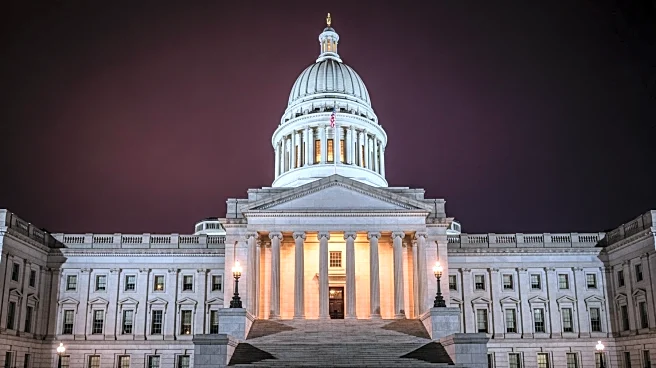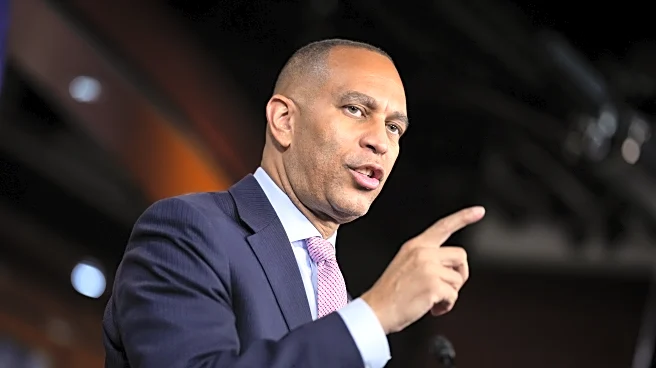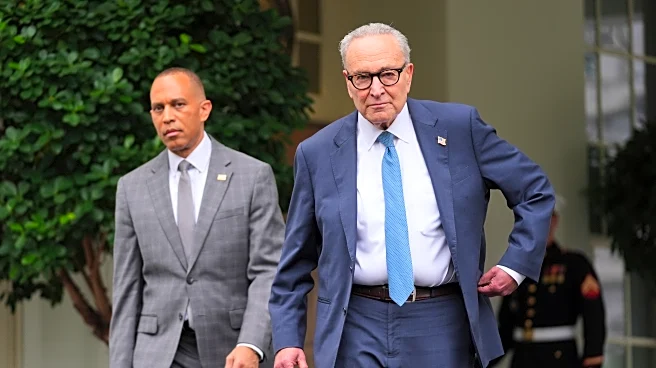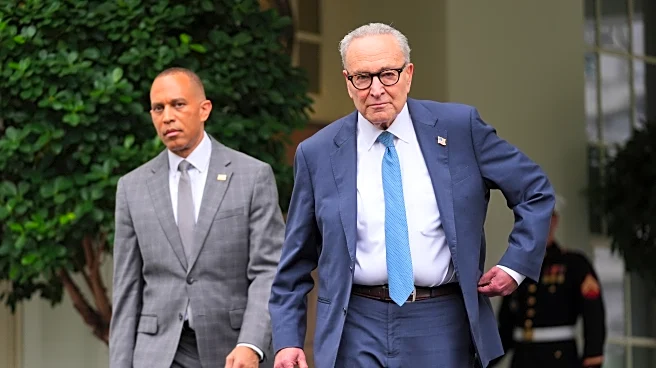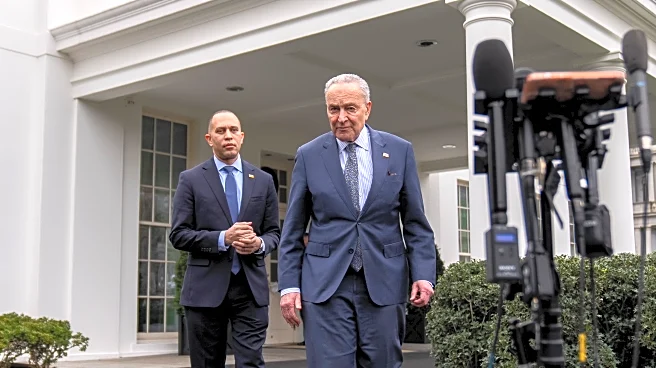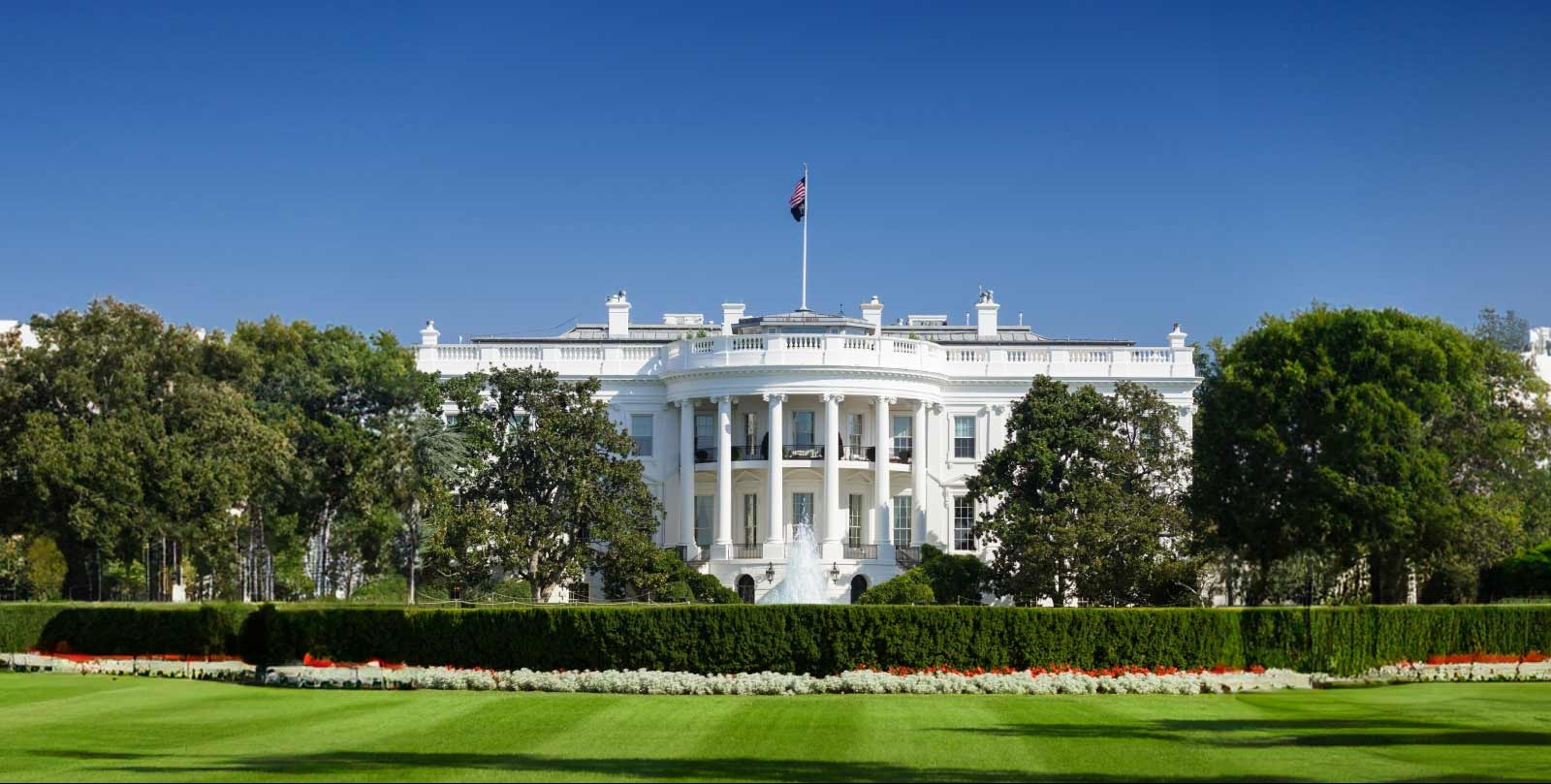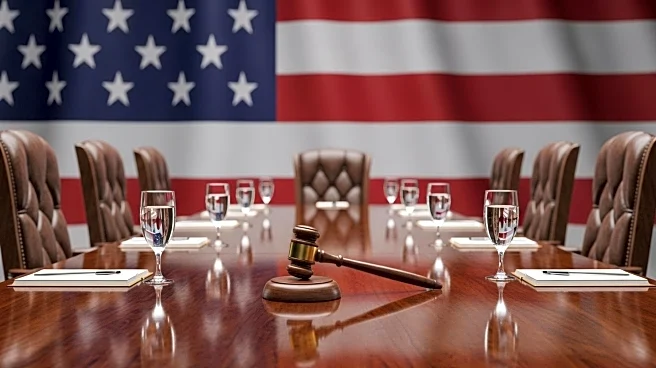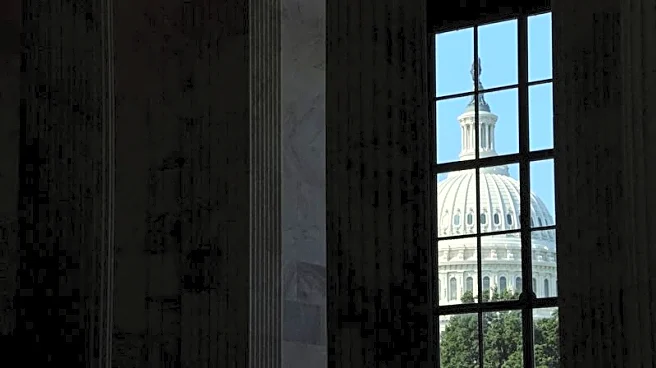What is the story about?
What's Happening?
The U.S. government is on the brink of a shutdown as President Trump and congressional Republicans face significant disagreements with Democrats. The current spending authorization is set to expire on Tuesday evening, and while the House has passed a stopgap bill to extend funding through November 21, it has been blocked by Senate Democrats. During a recent meeting at the White House, Democratic leaders proposed measures related to health care and funding rescissions, but Republicans have refused to negotiate these issues until the government is funded. Vice President JD Vance has accused Democrats of holding the government hostage and predicted a shutdown is likely. The Office of Management and Budget, led by Russ Vought, has issued guidance for potential widespread layoffs if a shutdown occurs, although Vought emphasized the administration's desire to keep the government operational.
Why It's Important?
A government shutdown would have significant implications for federal employees and services. Hundreds of thousands of workers could be furloughed, impacting their livelihoods and the functioning of essential services. The shutdown could also affect public policy, particularly in areas like health care, where Democrats are pushing for measures to prevent increases in Affordable Care Act premiums. The political standoff highlights deep divisions in Congress, which could have long-term effects on legislative processes and governance. Federal employees, who are caught in the crossfire, face uncertainty and potential job losses, which could lead to decreased morale and efficiency within government agencies.
What's Next?
Senate Majority Leader John Thune plans to bring the House-backed continuing resolution up for another vote on Tuesday, with the possibility of repeated attempts if it fails. This strategy aims to sway enough Democrats to change their votes and prevent a shutdown. Meanwhile, the administration is preparing to manage the shutdown, ensuring essential services remain operational. The political leaders involved may face pressure from constituents and stakeholders to reach a resolution, potentially leading to further negotiations or compromises.
Beyond the Headlines
The looming shutdown raises ethical concerns about the treatment of federal employees, who may face layoffs through no fault of their own. The situation underscores the challenges of governance in a polarized political environment, where partisan conflicts can disrupt essential government functions. Long-term, this standoff could influence public perception of government effectiveness and trust in political leaders, potentially affecting future elections and policy decisions.
AI Generated Content
Do you find this article useful?
